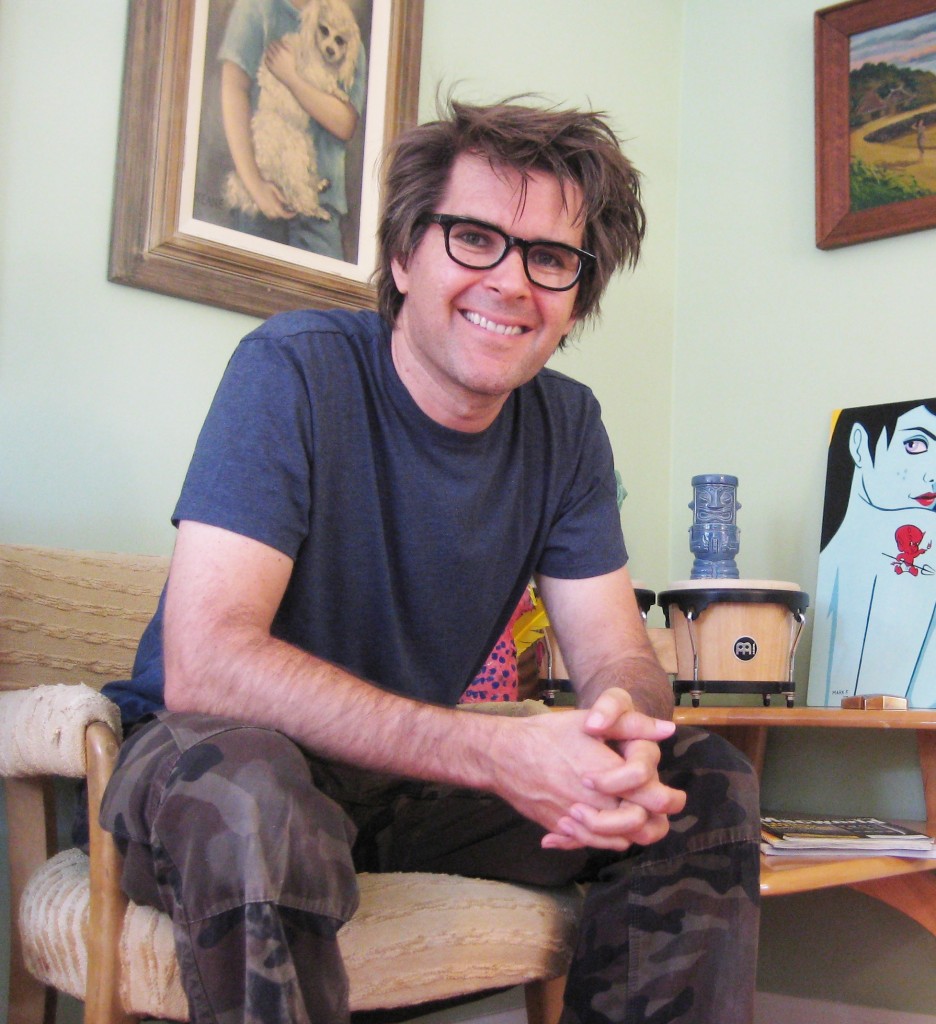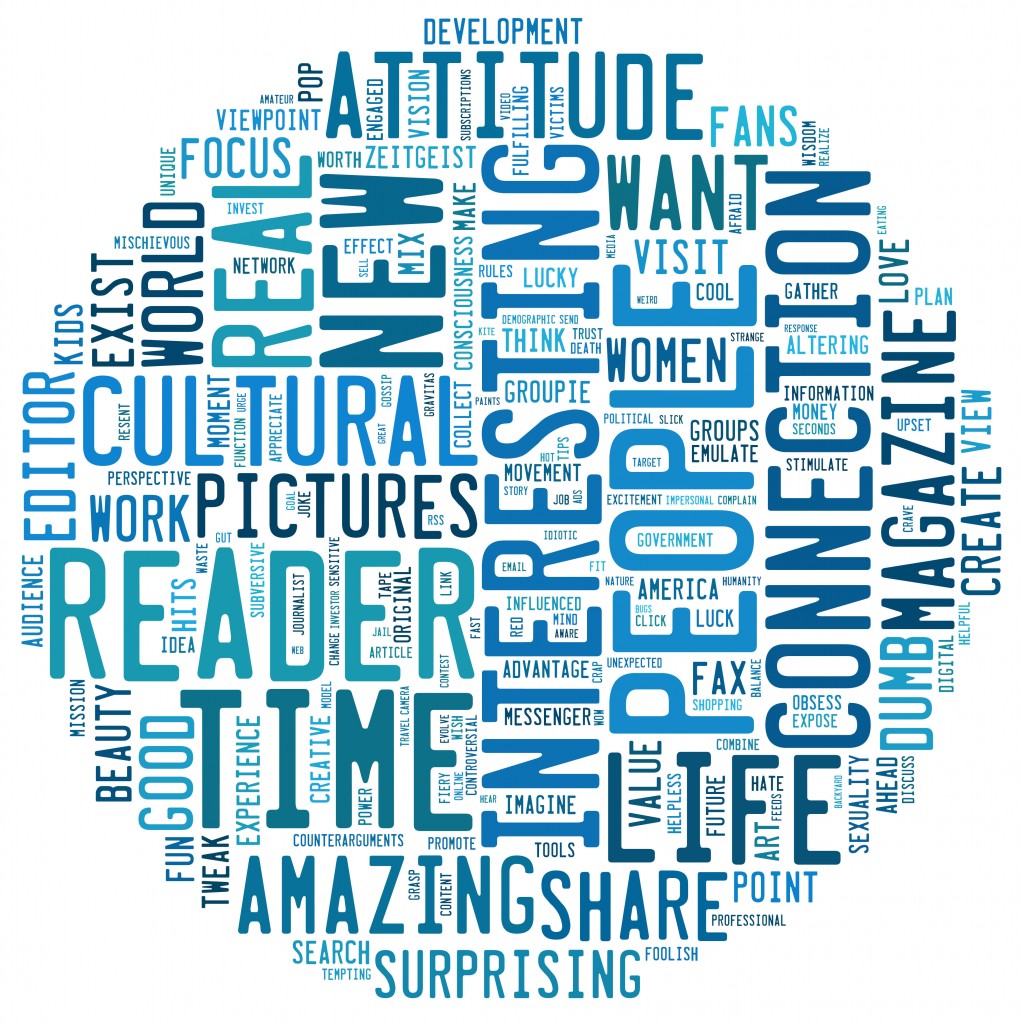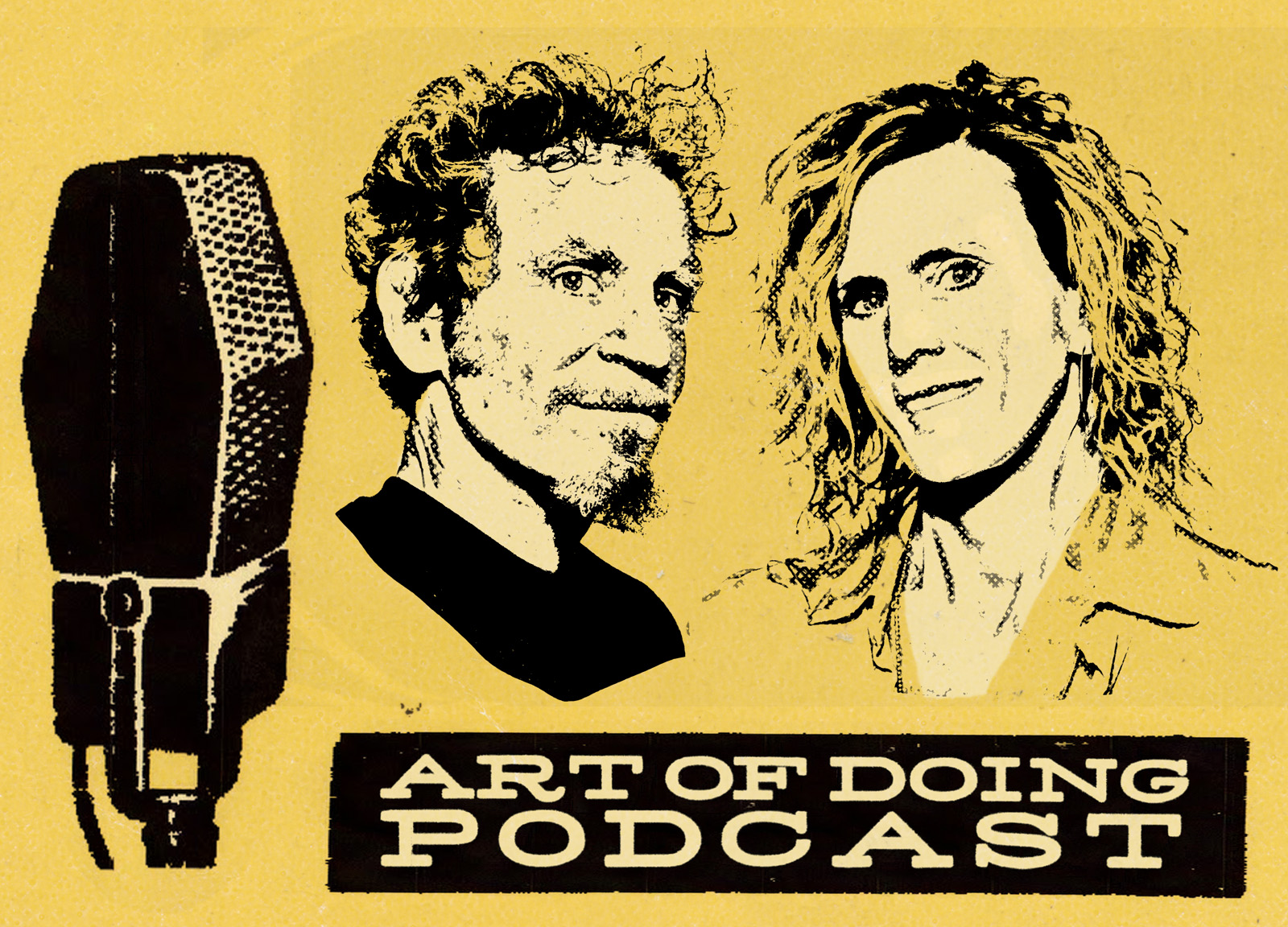
Rare Saber-Toothed Whale, Anime, Carnival Dark Rides, Crime Photos, Tech Reviews, Gadget Tips—Boing Boing Has It All
At the dawn of blogging in 1995, Mark Frauenfelder moved his ‘zine Boing Boing online. Boing Boing—whose mission was to explore “the coolest, wackiest stuff”—became and remains one of the Internet’s most popular blogs. Defying the corporatization of the blogosphere, Boing Boing has remained a curio of oddities, tech news, gadget tips and real-life marvels with 2.5 million unique visitors a month. Now, Frauenfelder shares daily blogging duties with a troika of other passionate editors Cory Doctorow, David Pescovitz and Xeni Jardin. “The recipe for an excellent blog is to be so deeply obsessed with something that you need to communicate it to others,” says Frauenfelder. “If Boing Boing stopped making money tomorrow, I’d still need to do it.” Here are his ten tips for creating a successful blog: Continue reading “How to Create One of the World’s Most Succesful Blogs”


